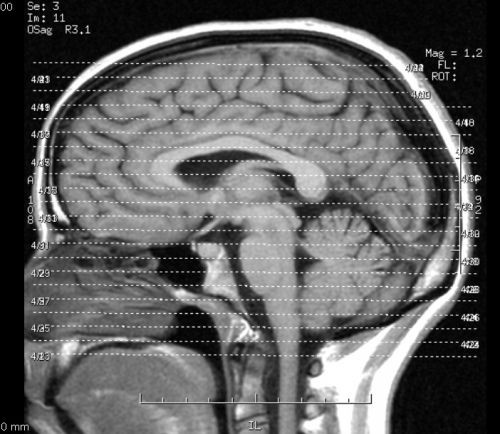Stroke Rates Rising in Teens, Young Adults

U.S. teens and young adults are increasingly being sent to hospitals with cases of strokes, according to a new study.
Researchers at the Centers for Disease Control and Prevention (CDC) report an increase in the prevalence of Ischemic stroke hospitalization rates in teens and young adults.
The study found that the Ischemic stroke rate increased by 37 percent for teens and young adults aged 15-44, in a 14 year study between 1995-2008. The study was published in the Annals of Neurology, a journal of the American Neurological Association and the Child neurology Society.
The report shows an increase in hypertension, diabetes, obesity, lipid disorder and tobacco use amongst this age group, during the 14 year study.
Analyzing the hospital discharge data from the Nationwide Inpatient Sample of the Healthcare Cost and Utilization project, researchers were able to identify patients hospitalized for ischemic stroke.
Ischemic strokes, which account for 85 percent of all strokes, occur when blood flow to the brain is blocked by blood clots or fatty deposits called plaque in the blood vessel linings, according to CDC. In teens and young adults, strokes account for 5 to 10 percent of all strokes. It is one of the top 10 causes of childhood death.
"We identified significant increasing trends in ischemic stroke hospitalizations among adolescents and young adults," said Mary George, M.D., M.S.P.H., lead author of the study and a medical officer with CDC's Division for Heart Disease and Stroke Prevention.
In the study, major conditions for stroke such as hypertension account for over half of participants. One in three had diabetes, and one in four used tobacco. Other common co-existing conditions included obesity which currently affects 33.8 percent of all U.S. adults.
Authors advised that teens and young adults can avoid ischemic strokes by controlling hypertension, diabetes, food intake and choices, including exercising and quitting smoking.
"Our results from national surveillance data accentuate the need for public health initiatives to reduce the prevalence of risk factors for stroke among adolescents and young adults," said George.



























